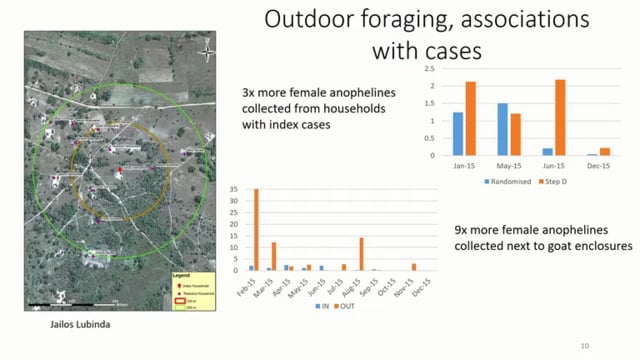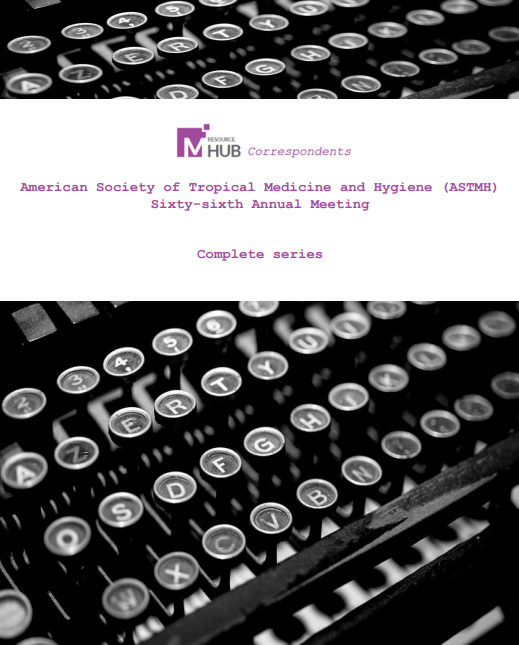ASTMH 2017, Jennifer Stevenson: “Outdoor primary and “secondary” vectors contributing to residual transmission in Zambia”
Countries: Zambia
Published: 09/11/2017
In collaboration with ASTMH, Image Audiovisuals, and session presenters, MESA brings you this webcast from the 66th ASTMH annual meeting in Baltimore, November 2017
Title: “Outdoor primary and “secondary” vectors contributing to residual transmission in Zambia”
Speaker: Jennifer Stevenson, Johns Hopkins Bloomberg School of Public Health
Session information:
Symposium 0175: “Malaria: Mosquito Transmission and Interruption”
Thursday, 9 November, 8:00 – 9:45 AM, Convention Center – Ballroom II (Level 400)
Abstract:
Historically data across much of sub-Saharan Africa showed high levels of exposure to malaria mosquitoes indoors in the middle of the night. The use of insecticide-treated nets and indoor spraying of insecticides targeting these behaviors have been attributed to 70% of over 600 million cases of malaria averted between 2000-2015 in this region. Despite the impressive gains and continued high coverage of interventions, malaria transmission persists in many areas. Contributing factors to this residual transmission may be the persistence of vectors with altered behaviors; those that evade contact with insecticides can maintain transmission. To assess the contribution of outdoor foraging of anopheline vectors to malaria transmission, light trap collections of mosquitoes were made in sites of low and high malaria transmission in Zambia. Collections targeted to areas within homesteads frequented by residents in the evening or night were compared in a Latin Square design. In Macha, the low transmission site, southern Zambia, light traps were set outdoors next to kitchens, animal shelters and exit points from homesteads. Here, hourly collections at kitchens indicated sizable exposure to anophelines prior to when residents entered houses, however larger catches were made from animal shelters; collections were 26-fold those next to kitchens. Of the mosquitoes caught near animals, 63% were of the species Anopheles squamosus, previously shown to be a potential malaria vector in the area. In the high transmission site, Nchelenge, northern Zambia, light traps were set outdoors where food is cooked at night, next to animal pens and at wash rooms. Highest catches were made where people gather at night with 2.4-fold the catch of traps set next to animals. 85% were identified as An. funestus s.l. Data from these divergent sites show potential exposure to a variety of vectors outdoors in both pre-elimination and holoendemic malaria sites in Zambia. These findings stress the necessity for combining malaria interventions targeting both indoor and outdoor foraging mosquitoes as the dominant vectors and their associated behaviors may be difficult to predict.
THEMES: Residual Transmission | Vector Control



